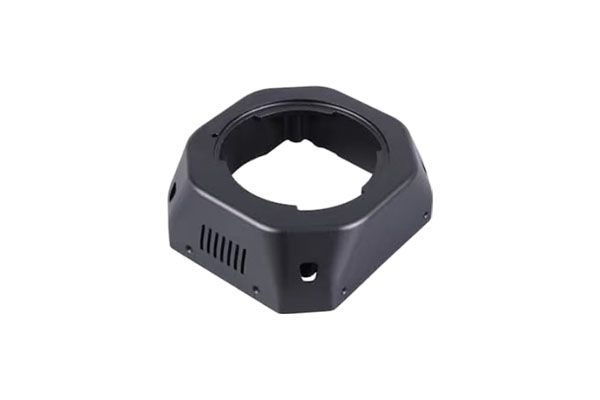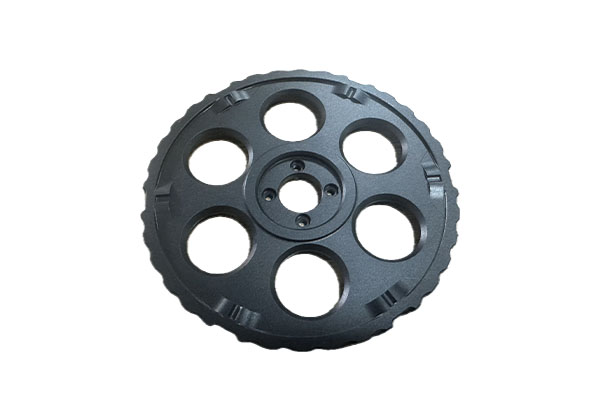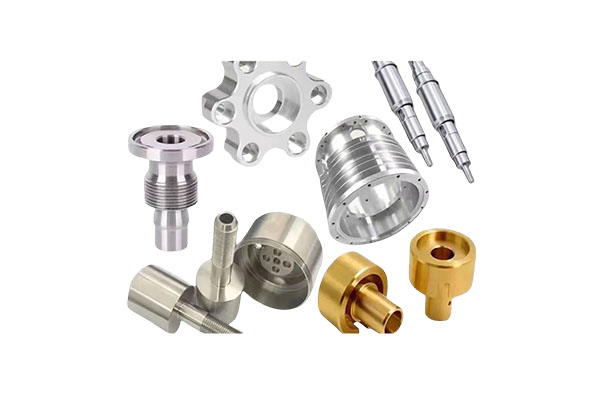How to effectively reduce the influence of thermal deformation on part accuracy during CNC precision parts processing?
Release Time : 2025-01-22
In the field of CNC precision parts processing, thermal deformation is one of the key factors affecting part accuracy. Due to the various heat generated during machining, the process system will be deformed by temperature. This deformation will destroy the correct geometric relationship and motion relationship between the tool and the workpiece, thereby causing machining errors.
Thermal deformation is mainly caused by cutting heat, friction heat and internal heat sources of the machine tool. In order to reduce the influence of these heat sources on machining accuracy, we can start from the following aspects:
First, reasonable selection of cutting amount and tool geometry angle is an effective way to reduce cutting heat. By reducing cutting speed, adjusting feed rate and using multiple shallow cutting methods, the heat generation during cutting can be effectively reduced. At the same time, the selection of tool materials with high thermal conductivity, such as cemented carbide or ceramics, and the optimization of tool geometry, such as increasing the number of cutting edges or using sharper blades, can improve the heat dissipation capacity of the tool and reduce the risk of thermal deformation.
Secondly, improving friction characteristics to reduce friction heat is also one of the key measures. This can be achieved by optimizing the structural design of the machine tool and strengthening lubrication. For example, in machine tool design, heat source components that can be separated can be separated from the main machine as much as possible, such as motors, gearboxes, hydraulic systems, etc. In addition, the use of an efficient coolant system to ensure that the coolant can evenly and fully cover the surface of the workpiece and tool, and quickly take away the cutting heat, is also an important means to reduce thermal deformation.
In addition to reducing the generation of heat sources, cnc precision parts processing can also reduce the impact of thermal deformation by optimizing the thermal design of machine tools. For example, in the design of machine tool structures, pay attention to the symmetry of the structure and place the rotating elements in symmetrical positions, which can balance the temperature rise of the box wall and reduce deformation. Some machine tools use a double-column structure. Due to the left-right symmetry, the thermal deformation in the left-right direction is much smaller than that of a single-column structure. In addition, heat-insulating materials can be used to isolate the heat-generating components from the large machine tool parts to reduce heat conduction.
In the processing process, cnc precision parts processing preheating the workpiece and tool is also an effective way to reduce the impact of thermal deformation. Preheating can make the temperature of the workpiece and tool close to the expected temperature during processing, thereby reducing thermal expansion caused by temperature differences. At the same time, using materials with low thermal expansion coefficients to manufacture tools and workpieces can also reduce dimensional changes during the processing process.
In addition, temperature detection and process control are also key links in improving processing accuracy. By installing temperature sensors on machine tools, we can fully understand the temperature changes during the processing process and take timely measures to control them. Process control includes comprehensive monitoring and adjustment of multiple factors such as temperature and cutting parameters to ensure stability and accuracy during the processing.
In summary, reducing the impact of thermal deformation on part accuracy during CNC precision parts processing requires multiple aspects. By reasonably selecting cutting parameters and tool geometry, improving friction characteristics, optimizing machine tool thermal design, preheating workpieces and tools, using materials with low thermal expansion coefficients, and strengthening temperature detection and process control, the impact of thermal deformation on processing accuracy can be effectively reduced, and the processing quality and efficiency of parts can be improved.







